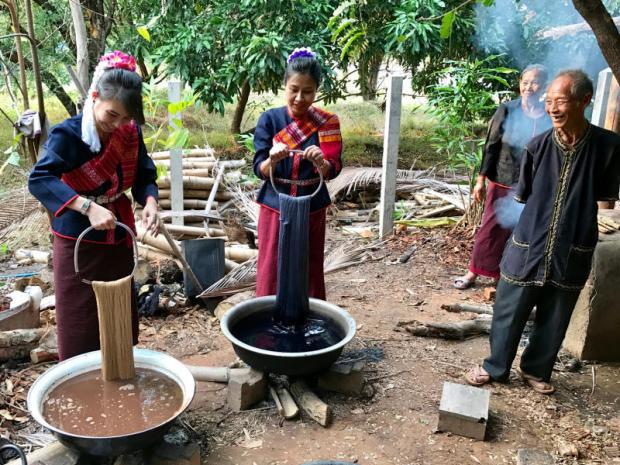Oprettet af ove d. 04-04-2017 07:38
#1
Ban Phu Homestay in Mukdahan is leading by example


When a tourist bus from Nakhon Pathom reaches the gates of Ban Phu Homestay in Mukdahan’s Nong Sung district, villagers are lined up. Many of them grandmothers, dressed in ethnic Phu Thai costumes, they wai each visitor and greet them with a “Sawadee”.
“Their homestay service is famous so 50 of us wanted to see their facilities and learn how they manage their resources,” said a member of the tourist group.
Phu Thai is an ethnic group, which has its own culture and dialect, according to Thawan Phiwkham, chairman of Ban Phu Homestay, whose gates have the words “Chalerm Rat Cultural Centre Of Ban Phu” emblazoned across them.
Their ancestors migrated from Kham Or Khiao and Wang towns on the east side of the Mekong River in Laos to Nong Sung in 1844, during the reign of King Rama III (1824-1851).
During the cholera epidemic in 1899, about 20 families moved further south and crossed a mountain. They settled in present Ban Phu, which is situated on a hill surrounded by lush, green mountains.
The village has gradually expanded. Today there are 250 families or about 1,200 people living in the community. Most of them are rice farmers. Each family has about 7 rai on average, said Thawan. While men work in the rice fields, women weave clothes for personal use.
http://huahinexpa...age_id=295